Why Is Parvati Known as Annapurna, the Giver of Food? An Empirical Argument on Traditional Thoughts
In today’s fast-paced world, where we’re constantly talking about climate change, food insecurity, gender equality, and sustainability, an old story from Hindu mythology still holds deep meaning. It’s the story of Parvati, who takes on the form of Annapurna — the goddess of nourishment and food. But Annapurna represents more than just divine abundance; she stands for the dignity of feeding others, the importance of nourishment, and the sacred connection between food and care.
So why did Parvati became known as Annapurna? And what can that name — and everything it symbolises — teach us in our world today?
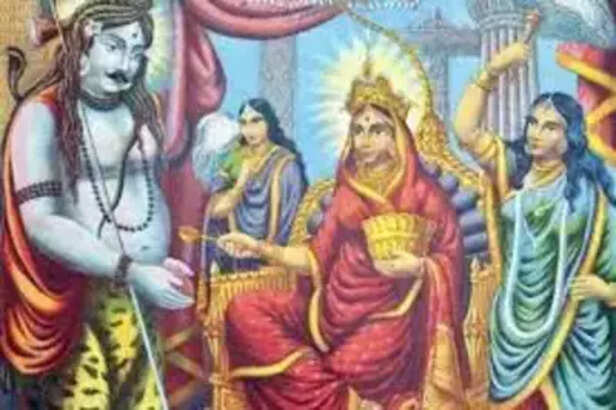
Annapurna Jayanti
Let’s explore the origins, meaning, and modern-day relevance of Annapurna, and see how this ancient figure still offers powerful insights for the challenges we face now.
Who is Annapurna? A Story from the Sacred Past
In Hindu tradition, Parvati is known as the wife of Lord Shiva — a powerful goddess who represents both strength and compassion. There’s an old story where Shiva, in his usual detached way, claims that food and the material world are just illusions. To challenge him, Parvati disappears — and with her, all the food in the world vanishes too. Hunger spreads everywhere.
Eventually, even Shiva realises that food isn’t something you can brush off as an illusion. It’s essential. Without it, life itself can’t go on. Seeing the suffering around her, Parvati returns — this time as Annapurna, the goddess who feeds the world. She cooks, she serves, and she nourishes not just bodies, but hearts and communities too.
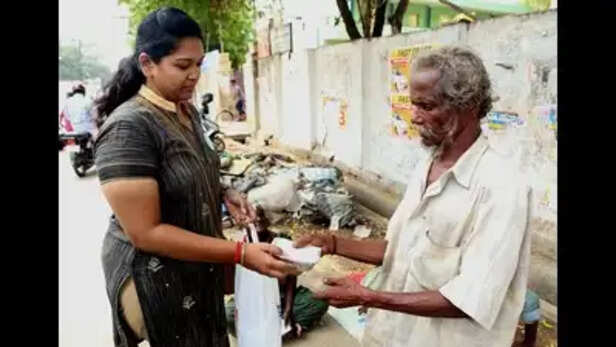
Giving food to street gods
This isn’t just a myth about gods and goddesses. It’s a reminder that food is sacred. Sharing it is an act of love, and taking care of others begins with feeding them. Annapurna shows us that nourishment is at the core of life — and of any truly meaningful spirituality.
Food as Power: Politics and the Plate
The story of Annapurna isn’t just a myth—it’s a powerful reminder that food is more than sustenance; it’s about fairness and control. Today, people go hungry not simply because there isn’t enough food, but because of broken systems and deep-rooted inequality. The UN estimates that around 828 million people face hunger every night, while in wealthier countries, mountains of food are thrown away. That contrast says a lot.

school meals
When Parvati takes on the form of Annapurna, she’s not just feeding people—she’s making a statement. She’s saying that no society, no government, no family can truly thrive unless everyone has access to food. Her message still echoes today: Are our school meals healthy? Are we standing by our farmers? Is food aid meaningful, or just another PR move?
Geography of Generosity: The Land That Nourishes
Geography often works quietly in the background, but it shapes everything. Take Annapurna — it's not just a name, it's also a mountain range in the Himalayas. Mountains are the source of rivers, rich ecosystems, and fertile land, so it’s fitting. In Hinduism, mountains also stand for strength and spiritual grounding.
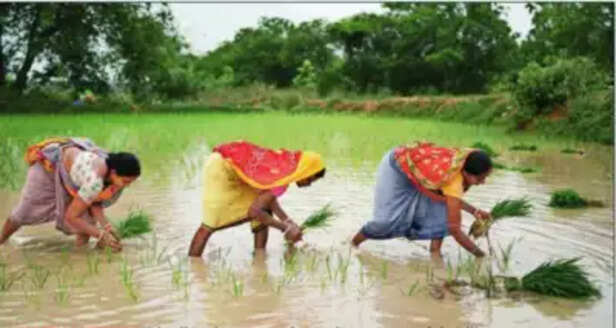
Farming
India’s landscape is incredibly diverse, and that’s both a gift and a challenge. The same land that grows food for millions can just as easily suffer from floods, droughts, or poor farming practices. Today, Annapurna invites us to think differently — to see the land not as something to use up, but as something to care for, like a partner in a shared journey.
Gender, Grace, and Giving: Rethinking Annapurna as a Feminist Icon
When we talk about empowerment, it’s important to remember that Annapurna is not just a goddess — she’s a leader. Her generosity isn’t about servitude; it’s about strength. In many cultures, cooking is seen as "women’s work" — often unpaid, often invisible. But Annapurna flips that narrative. She turns the act of feeding others into something sacred and powerful.

Breast Feeding
In today’s feminist conversations, Annapurna stands as a reminder that the home and the kitchen can also be places of resistance and pride. Think about a world where those who nourish others are valued just as much as those who lead nations. Where we invest in maternal health, clean cooking fuel, fair pay for cooks and farmers. Annapurna asks us not just to imagine this — but to make it real.
Sustainability and the Sacred: Lessons from Annapurna
The goddess Annapurna, a form of Parvati, offers a powerful message about sustainability. Her story reminds us to take only what we truly need and to share generously — a principle that feels more urgent than ever as we face environmental crisis. It’s not just spiritual advice; it’s a guide for living responsibly on this planet.

Sustainability
Ideas like local farming, eating organic, and cutting down kitchen waste aren't just lifestyle trends — they reflect the deeper wisdom Annapurna represents. When we lower our carbon footprint, support farming that restores the earth, and eat with the seasons, we’re carrying forward a tradition that has always honoured the natural cycle of life.
The Global Hunger Paradox: Nourishing Both Body and Soul
Hunger today isn’t only about empty stomachs—it’s also about feeling disconnected, overwhelmed, and emotionally drained. We live in a world flooded with information but lacking in real understanding. We’re always online, yet rarely truly present with one another.
Annapurna, the goddess of nourishment, reminds us to slow down and share meals together. Whether it's a langar, a soup kitchen, or a neighborhood potluck, her presence can still be felt wherever people come together over food.

Global Hunger
Research shows that sharing meals with others can improve mental health and build stronger communities. What if we started thinking of food not just as something to keep us going, but as a chance to pause, connect, and care for one another?
Annapurna in Everyday Life: Real Stories
In Tamil Nadu, India, Amma Canteens serve affordable meals to thousands every day—keeping alive the generous spirit of Annapurna. In Kenya, villages run community granaries to share food fairly among neighbors. In Spain, the "Too Good To Go" movement helps make sure leftover food doesn't go to waste, getting it into the hands of those who need it. Sikh gurdwaras serve millions through their langars, and Meals on Wheels volunteers bring food and connection right to people’s doorsteps.
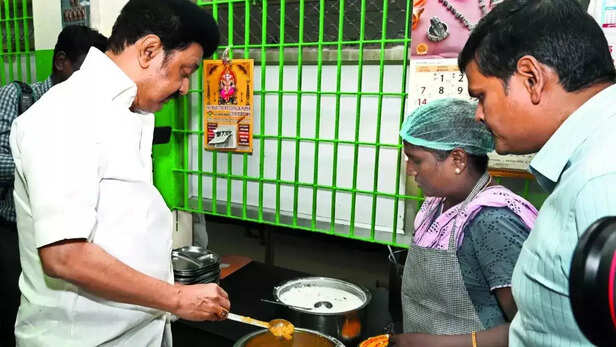
Amma Canteens
These aren't just acts of kindness—they’re models of fairness. Because feeding someone isn’t just helpful. It’s powerful. It’s an act of love.
A Plate Full of Hope: The Way Forward
Why do we call Parvati Annapurna? Because she reminds us that feeding others is an act of leadership. That food shouldn’t be a luxury—it’s a basic human right. What we eat and how we share it says a lot about our values: sustainability, fairness, and compassion all start at the dinner table.
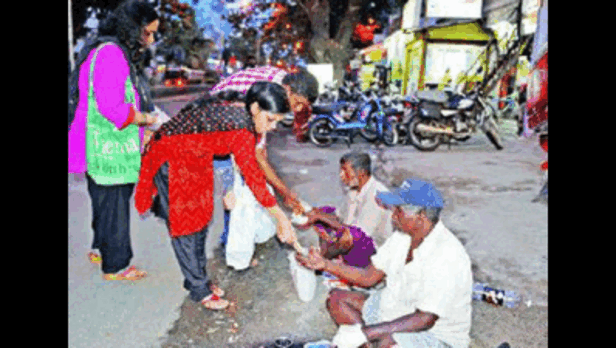
food donations
In a time when the world feels increasingly divided—where hunger is still widespread and the planet is under strain—invoking Annapurna isn’t about faith, it’s about our shared humanity. It’s a call to action: to shape policies so that no child goes to bed hungry, to teach future generations not just how to grow food, but how to respect it. And ultimately, to restore a sense of dignity to something as simple, and vital, as a meal.
The Goddess Who Feeds Us Still
Parvati, in her form as Annapurna, isn't just a figure from the past. She's a powerful idea that’s becoming more relevant today. Every time we complain about a cold meal, waste leftovers, or overlook the hungry, she speaks to us. She reminds us that feeding others is not just a task — it’s a moral, political, and spiritual responsibility.
As we navigate a world that feels more divided and distracted, maybe the answers we’re looking for aren’t in some distant future, but in the stories and meals that have connected us throughout history.
Ultimately, Annapurna doesn't just provide food — she brings us closer to one another.
Unlock insightful tips and inspiration on personal growth, productivity, and well-being. Stay motivated and updated with the latest at
My Life XP.




















